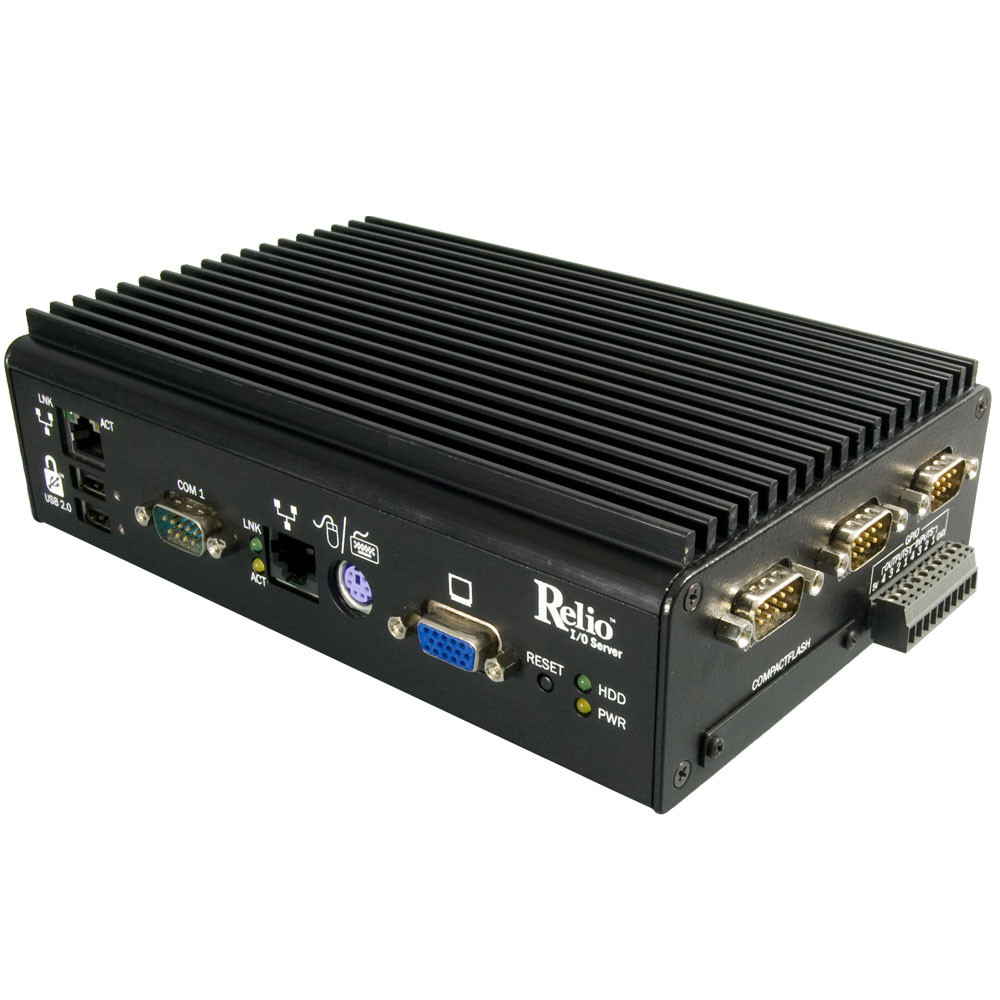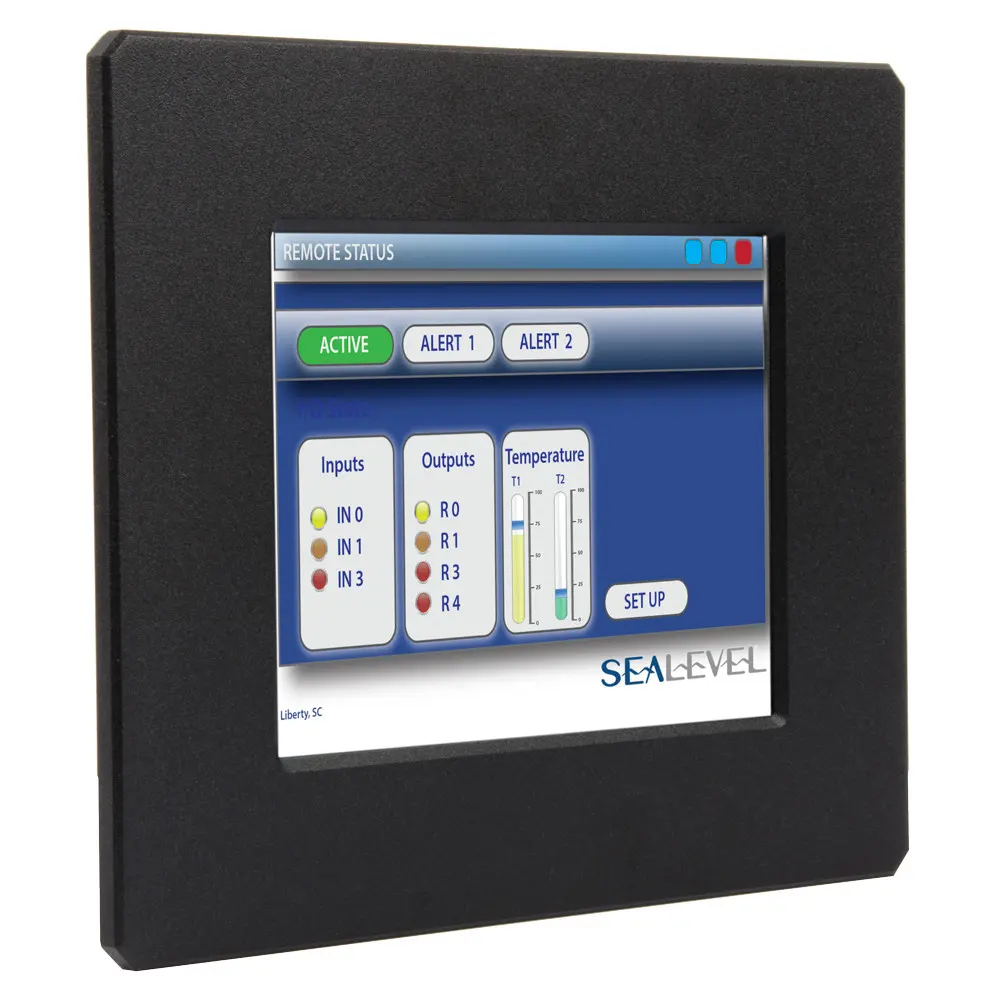What Makes an Industrial PC Rugged?
March 25, 2021Rugged PCs are computers designed to operate in harsh environments like those found in military, oil & gas and industrial applications.
How are Rugged PCs Designed?
Surviving harsh testing and extreme environments requires careful design. Engineers select components that are known to withstand extremes, conduct or direct power as intended and give off minimal thermal energy. Simulation and prototyping help determine the correct placement of components to avoid hot spots and ensure heat dissipation.
Surface mounts, high retention connectors and locking fasteners are used to reinforce devices against shock and vibration. Enclosure selection and design can also aid in environmental resistance and dispersing heat.
Power solutions are another critical design element, ensuring equipment doesn’t fail in environments where there are few, if any, alternatives. Heat is always an important consideration in choosing primary and backup power support.
Rugged Conditions & Testing
Rugged PCs face a variety of tough conditions that a standard consumer device wouldn’t survive. Rigorous testing ensures rugged tech can stand up to the task.
Extreme Temperatures
High heat and freezing temperatures can destroy delicate components. In both extremes, moisture can build up on device surfaces and interiors, leading to corrosion failure. Extreme temperature resistance testing is conducted by placing the device in a thermal chamber where it cycles through high or low temperatures according to its expected operational environment. Humidity resistance is similarly tested. Condensation resistance from thawing includes spraying the device with water, setting the test chamber to freeze for an hour and then leaving the device to naturally return to ambient temperature.
Dust, Dirt and Microparticles
Dust, dirt and other tiny particles can clog devices or damage internal components, leading to mechanical failure. Particle contamination resistance testing is conducted by placing the device in a test chamber and subjecting it to blowing sand or dust for extended periods of time.
Moisture
Moisture inside a device can cause corrosion or electrical sparking. Water intrusion resistance testing is conducted by subjecting the device to simulated rainfall for 30-40 minutes depending on the level of protection and the projected rain fall rate. Devices expected to operate after immersion are tested by submerging in water for 30 minutes to an hour.
Pressure & Altitude
At high altitudes, a device can be exposed to radiation which impacts magnetic fields and causes a device’s sensors to malfunction. Concentrations of explosive gases can also exist at high altitudes and pose safety concerns. The low pressure of high altitudes means a decrease in air density, which can cause a device to overheat. Testing for these conditions involves placing the device in a test chamber and subjecting it to low air pressure, explosive gasses or simulated solar radiation.
Shock & Vibration
When a device is dropped or shaken, components can collide or connectors loosen, leading to mechanical failure. Shock and vibration resistance testing is conducted by mounting the device to a drop arm or vibration table and simulating environmental conditions along each axis.
Other Environments
Some rugged PCs may need to undergo only one type of testing while others, for environments like those involving aerodynamics, may undergo several types or a combination of testing. Rugged tech for shipboard equipment or environments featuring gun fire undergo their own specific shock and vibration testing.

Industrial Computers
Designed for OEM applications where ruggedness is a must, the Relio™ family of embedded I/O servers combines the reliability of a PLC with the configurability of an industrial computer. Relio systems require no fans or other rotating parts. Your OS and application software run from solid-state disk, eliminating rotating hard drives and resulting in true solid-state operation. Choose from a variety of form factors and processor options, all offering long-term availability and superior life cycle management.

Touch Panel Computers
Combine computing, I/O and operator interface requirements with our rugged SeaPAC™ and HazPAC™ touch panel computers. The HMI panel PC systems are designed to operate over wide operating temperatures without fans or other moving parts for unmatched reliability. Choose from a variety of touchscreen or flat panel display sizes.